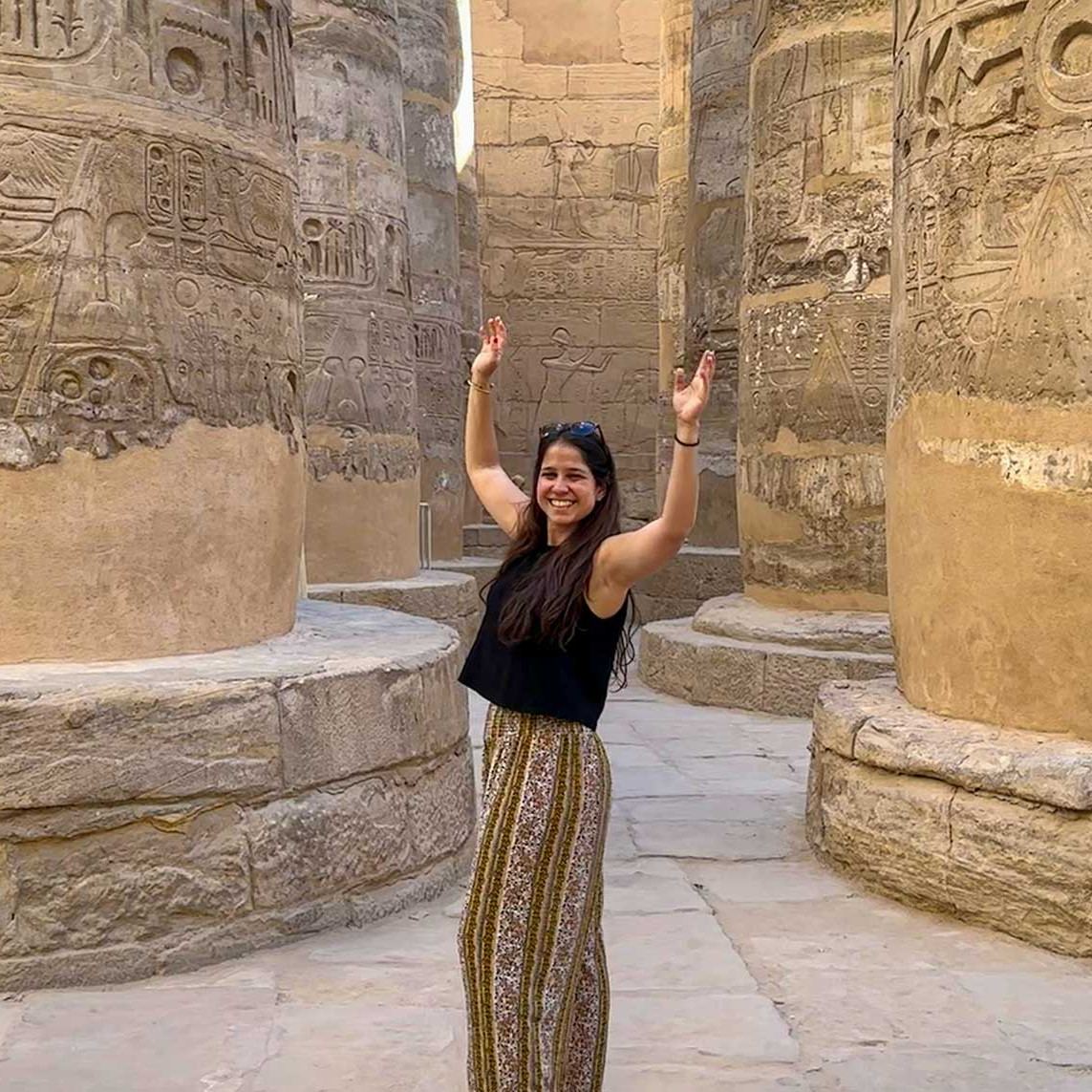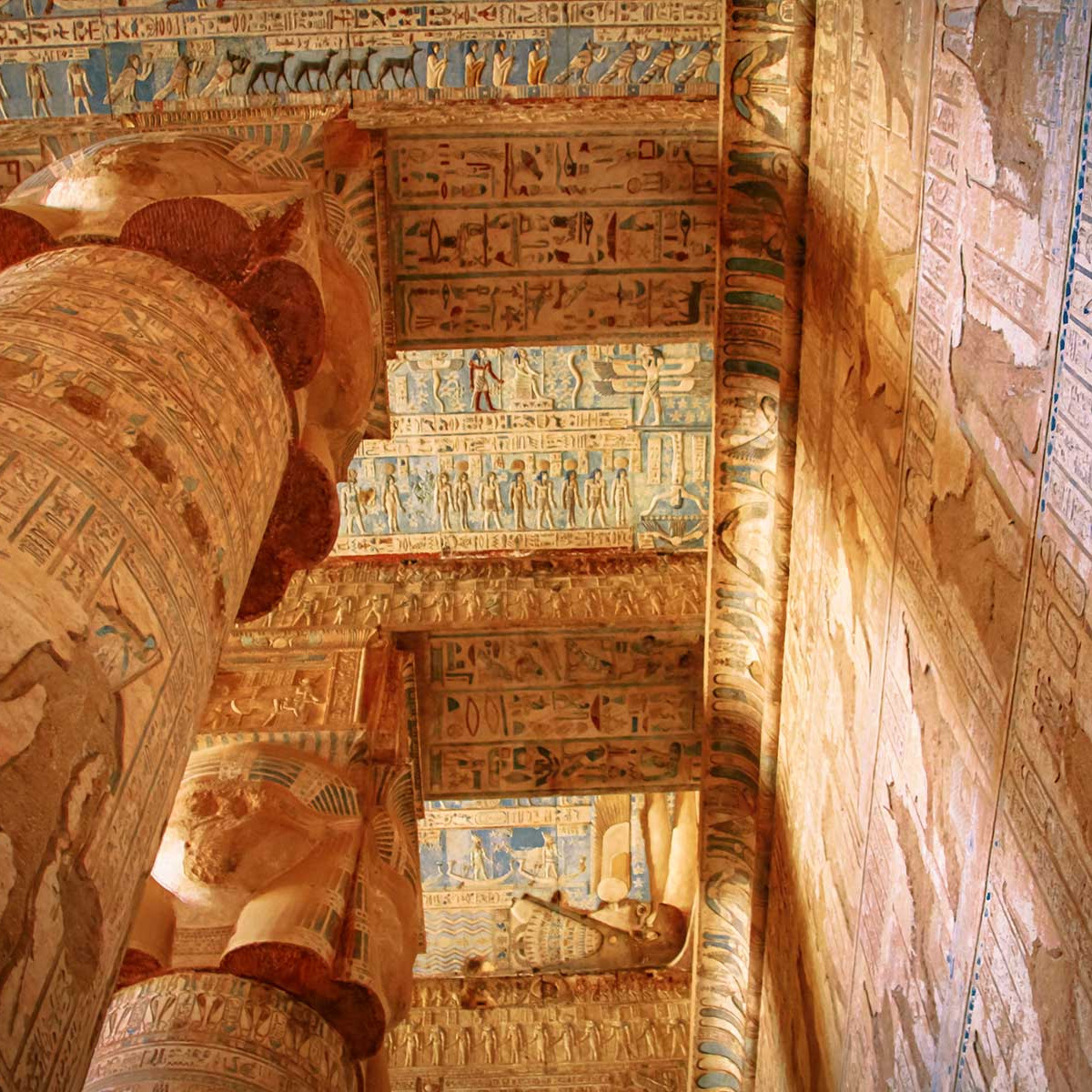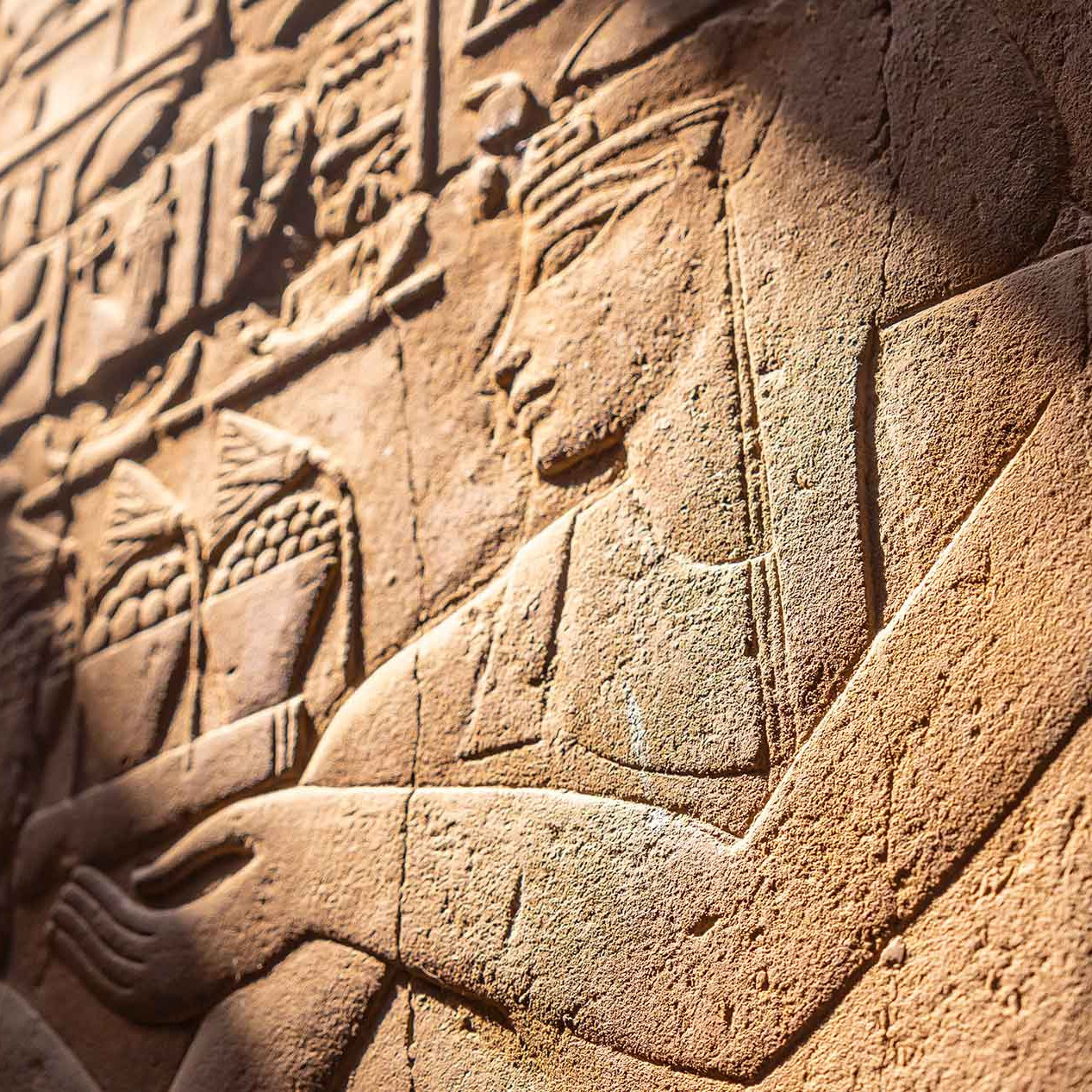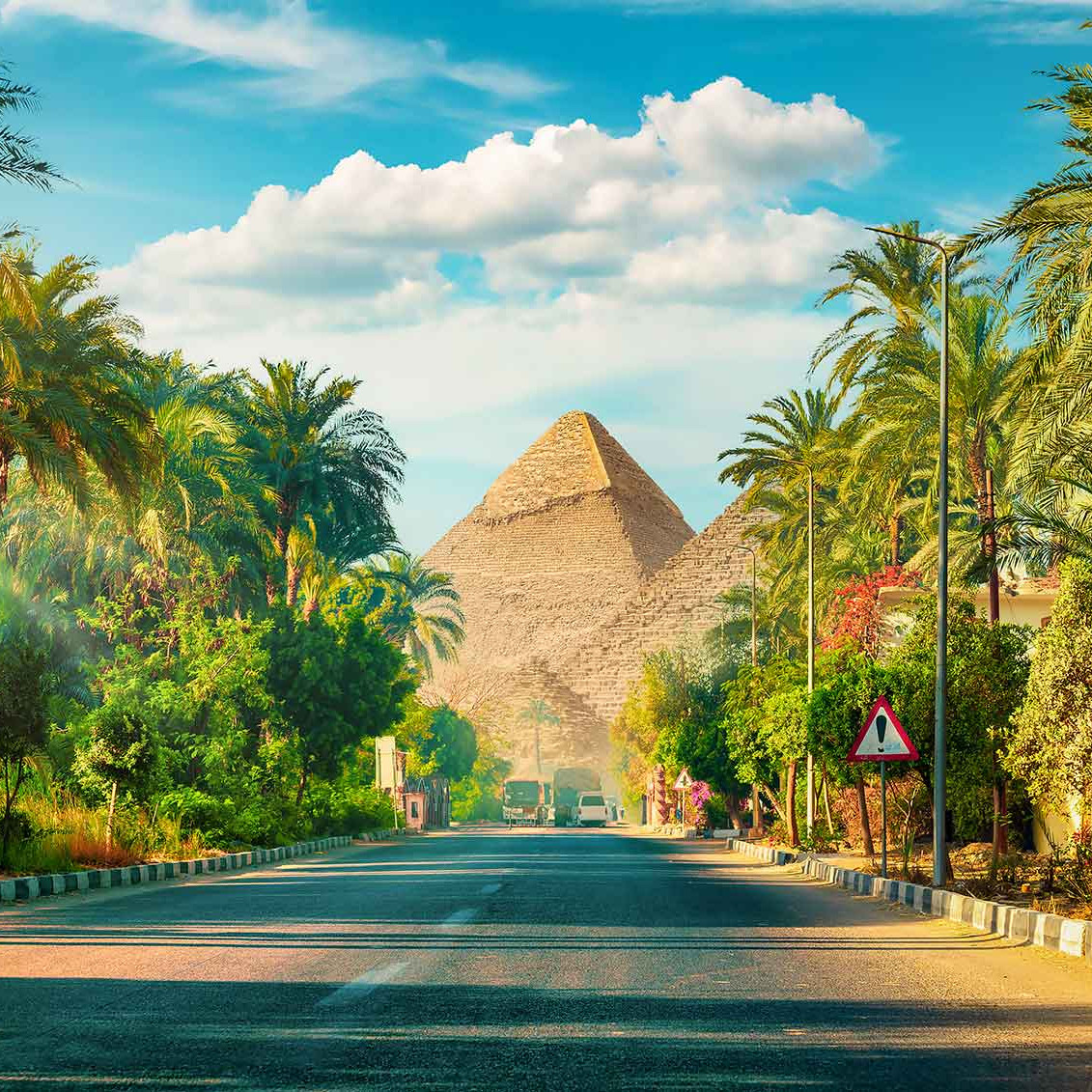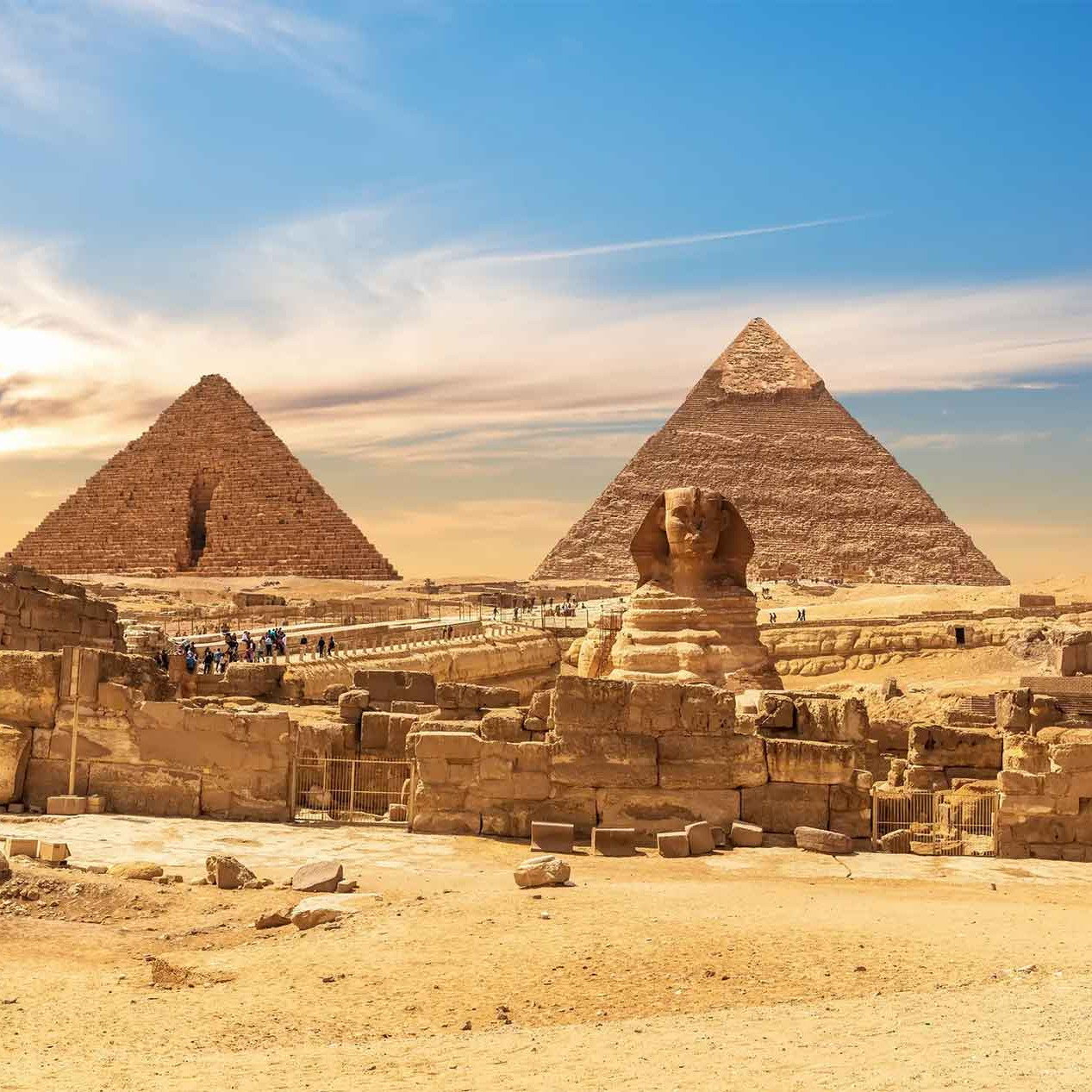Alexandria
Located on the Mediterranean coast of Egypt, Alexandria is a city that breathes history and culture. Founded by Alexander the Great in 331 BC, this metropolis has been a melting pot of civilizations throughout the centuries. From its former glory as a center of knowledge to its vibrant contemporary streets, Alexandria remains a fascinating destination for travelers from around the world.
Additionally, it is home to an unparalleled wealth of historical sites, the most famous being undoubtedly the legendary Library of Alexandria, one of the most important institutions of the ancient world. Although the original library was destroyed centuries ago, its legacy lives on in the modern Library of Alexandria, an impressive structure that houses countless volumes and historical artifacts.
History
Alexandria, throughout its history, has experienced an important evolution that has led it to be an emblematic city. Under the Ptolemy dynasty, the city reached its peak with monuments such as the Lighthouse of Alexandria. This construction was one of the seven wonders of the ancient world and was destroyed as a result of the earthquake of 1303. In addition to the famous Library of Alexandria, (presumably destroyed by accident by Julius Caesar in 48 BC) which housed a large amount of human knowledge.
Later, in the Middle Ages, Alexandria became an important Islamic city and a cultural center for intellectuals. In more recent times, the city has maintained its relevance as a crucial port in Egypt and a prominent tourist destination. Today, Alexandria remains a place full of history and charm.
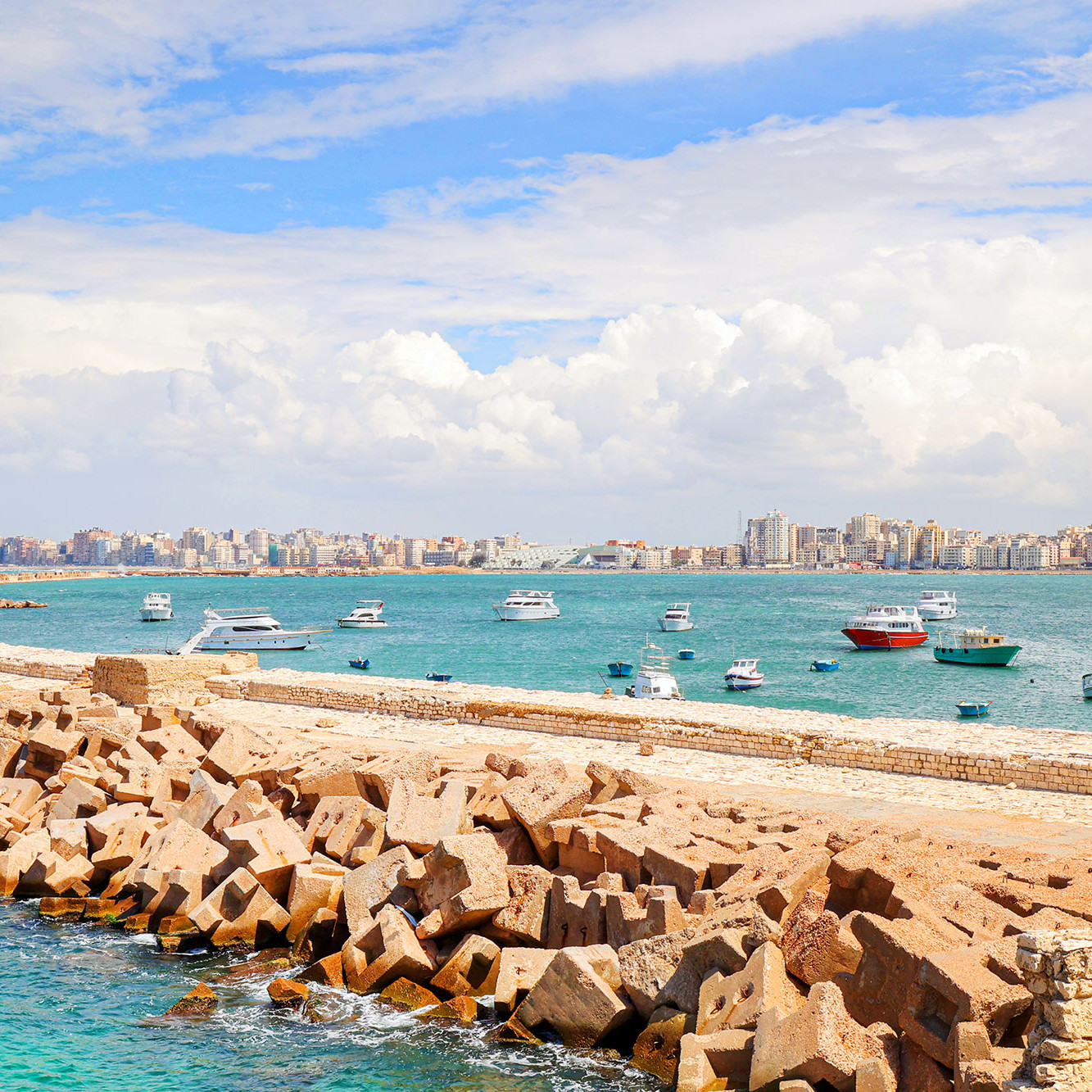
Things to do in Alexandria
The Roman ruins of Kom el-Dikka
Explore the Roman ruins Kom el-Dikka in Alexandria, revealing the Roman influence on this historic Egyptian city. Discovered in 1959, the complex features a theater, an imperial bath and remains of 22 university classrooms. These vestiges are witnesses of the Roman presence in Alexandria, showing the cultural fusion and greatness of this city during the Roman era.

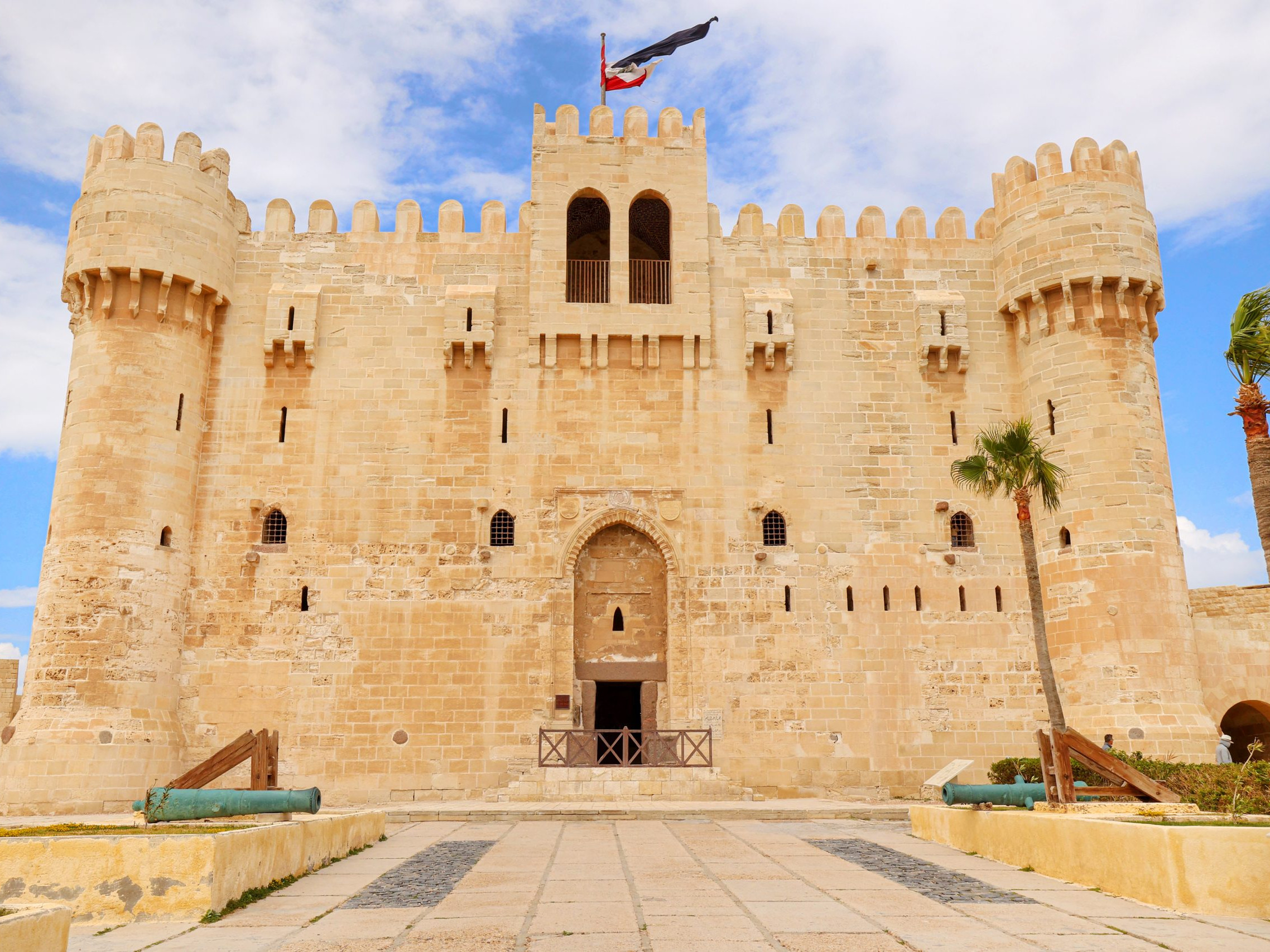
Citadel of Qaitbay in Alexandria
The Qaitbay Citadel, is a historic fortress that stands majestically on the Island of Pharos. Built in the 15th century by Sultan Qaitbay, this imposing defensive structure was erected to protect the city and its Mediterranean coasts. The prominent landmark attracts visitors from all over the world. Inside it houses the Oceanographic Museum, adding an educational and cultural dimension to this unique experience.
Library of Alexandria
The Library of Alexandria, established in the 3rd century BCE, was legendary center of knowledge that attracted scholars and thinkers from across the ancient world. It was established during the reign of Ptolemy I in Egypt to house a vast collection of books, housing between thirty thousand and seven hundred thousand volumes, it played a crucial role in the cultural and academic development of Alexandria. In its place, The New Library of Alexandria, inaugurated in 2002, stands as a modern homage to its ancient predecessor.
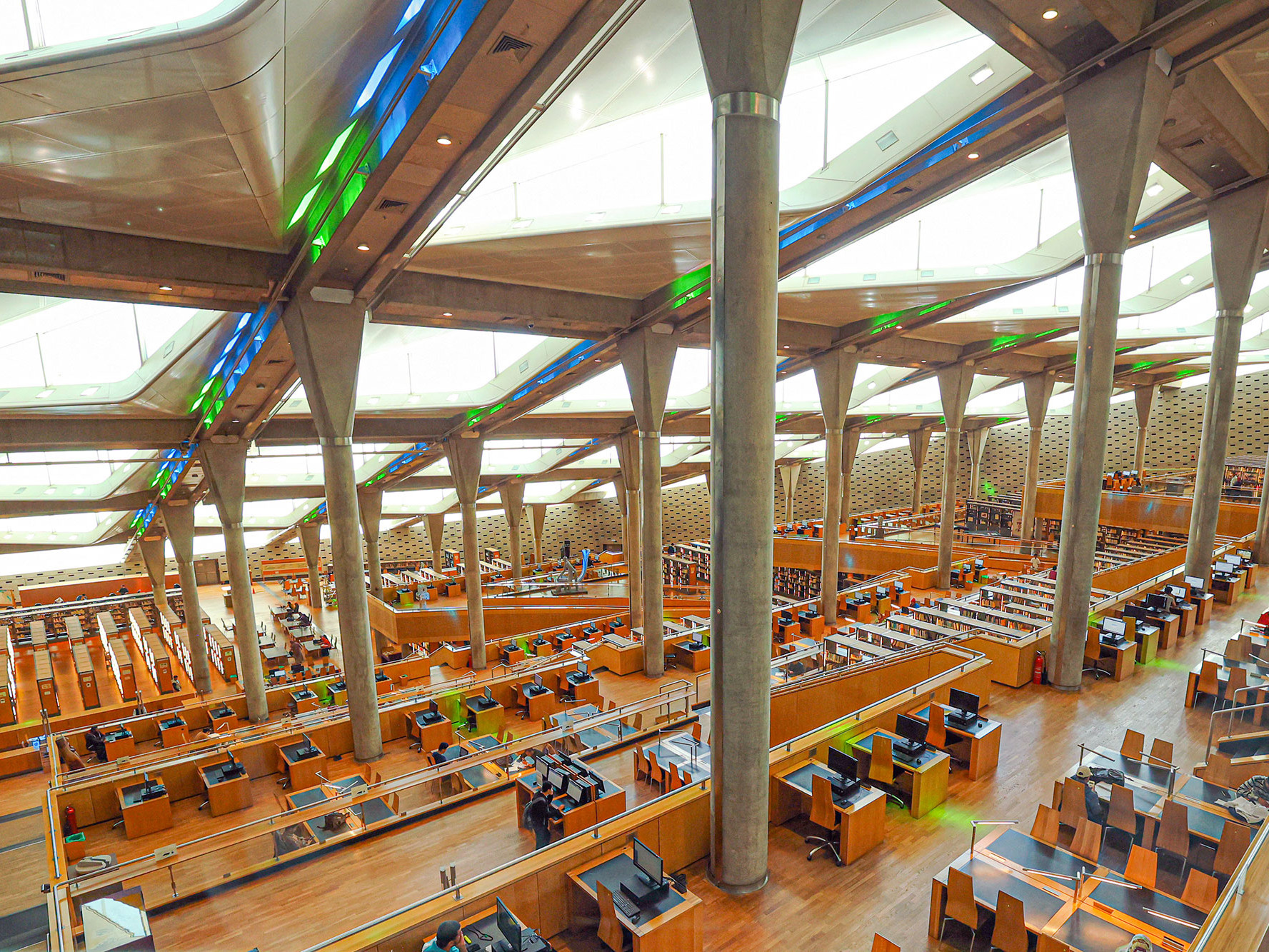
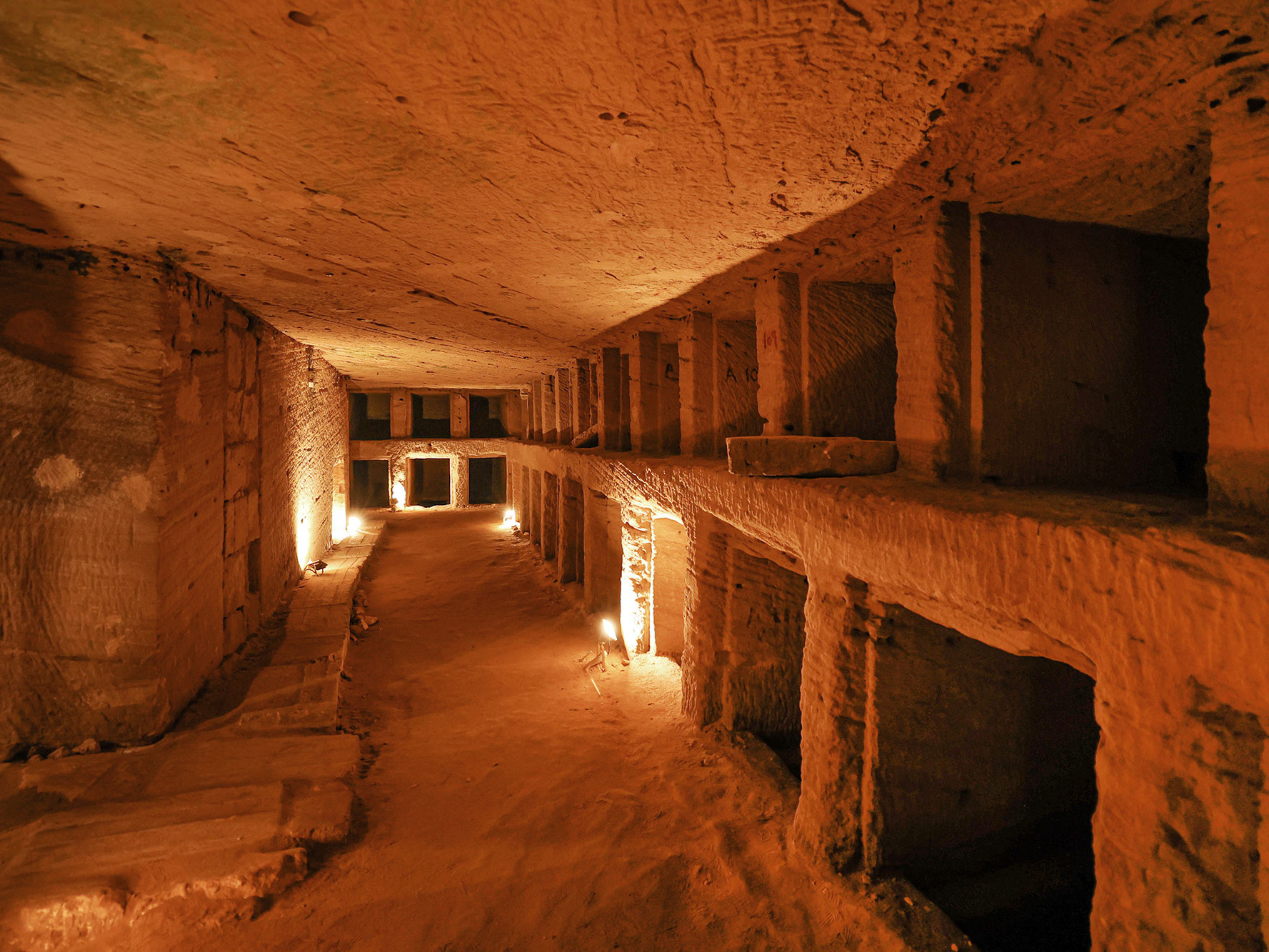
Catacombs Kom el-Shuqafa
The Catacombs of Kom el-Shuqafa, are an ancient necropolis dating back to the 2nd century AD. Remarkable for their unique blend of Egyptian, Greek, and Roman architectural styles, these catacombs represent a fascinating testament to the multicultural nature of Alexandria during the Greco-Roman period. Carved out of solid rock, the catacombs consist of a series of chambers, tunnels, and tombs adorned with intricate reliefs and sculptures. The name “Kom el-Shuqafa” translates to “Mound of Shards,” referring to the fragments of pottery discovered at the site.
Greco-Roman Museum
The Greco-Roman Museum in Alexandria, Egypt, stands as a testament to the city’s illustrious past as a vibrant center of Greco-Roman civilization. Established in 1892, the museum showcases a rich collection of artifacts spanning from the Ptolemaic period to the Byzantine era. Its exhibits include statues, pottery, coins, and mosaics, offering visitors a glimpse into the diverse cultural influences that shaped ancient Alexandria. Highlights of the museum’s collection include the famous statue of Apis, intricate mosaics depicting scenes from daily life, and exquisite examples of Greek and Roman sculpture.

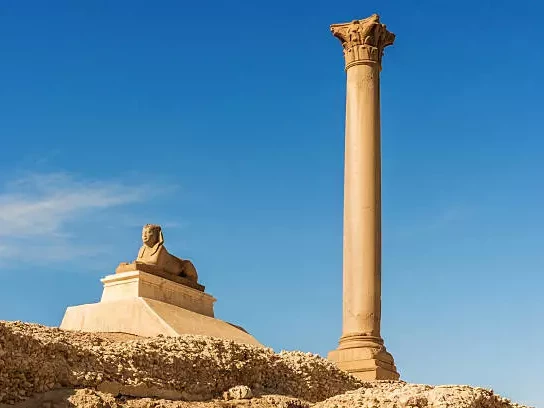
The Serapeum and Pompey’s Pillar
The Serapeum and Pompey’s Pillar are two iconic landmarks situated in Alexandria, Egypt, both steeped in rich historical significance. The Serapeum, dedicated to the worship of the god Serapis, was once a grand temple complex renowned for its architectural grandeur and religious importance during the Greco-Roman period. While much of the original structure has been lost over time, the site still captivates visitors with its impressive ruins, including remnants of massive columns and sphinxes. Nearby stands Pompey’s Pillar, a towering granite column rising over 26 meters high. Despite its name, the pillar actually commemorates the Roman Emperor Diocletian, not Pompey the Great. Erected in the 4th century AD, it serves as a striking testament to the architectural prowess of ancient Alexandria.
St Mark’s Coptic Orthodox Cathedral
St. Mark’s Coptic Orthodox Cathedral, located in Alexandria, Egypt, stands as a beacon of Coptic Christian faith and architectural splendor. Constructed in the late 19th century, the cathedral is dedicated to Saint Mark the Evangelist, who is traditionally believed to have brought Christianity to Egypt. With its striking Neo-Byzantine design and twin bell towers, the cathedral is a prominent landmark in Alexandria’s cityscape.
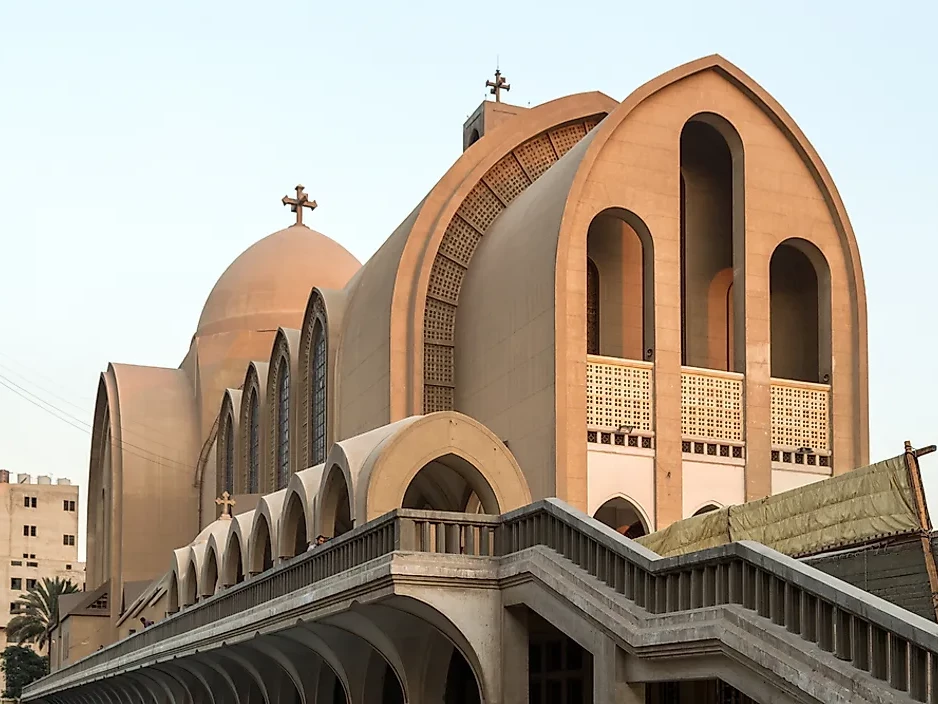
Tours in Alexandria
SUBSCRIBE!
Are you a globetrotter? Join our platform and get exclusive travel tips, getaways and more!



